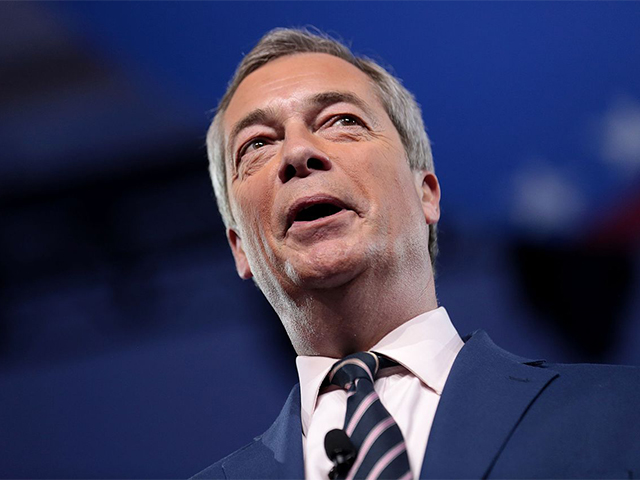
[dropcap]O[/dropcap]n July 22nd, the National Transport Authority (NTA) announced that the Dublin bus routes will undergo a significant change by 2020. The new proposed bus routes will have significant changes to commuters in the city centre. The NTA are proposing that the new routes will be shorter and more frequent for the daily commuter. However, since the announcement was made, it has faced a great deal of backlash from communities who will see their bus route cut.
The proposed new Bus Connects public transport system is set to be implemented by early 2020. The NTA claim they are proposing this drastic change to increase the number of buses to match the rapid growth of the city and the greater demand of public transport. However, under this new scheme, many of the current bus routes will cease to run. Buses such as the 16, 33, 41, 13, 70, 270 and 38 will no longer run under this proposal.
“It will be an absolute disaster. There is already a lack of buses as it is in Donabate and they want to get rid of the only service that goes from the village to the city every morning and every evening,” said Neamh Maguire, a Blanchardstown Institute of Technology student and a social care worker. She also explained that the new scheme will have a huge effect on clients that she works with in the homeless sector and that they won’t be able to take Dublin Bus to their hospital appointments.
Not only will certain bus routes stop, there will also be a method of identification for all buses. Instead of letters there will be letters in accordance to whether you are in the north, south or west of Dublin. The N1 to N9 will make up the east and west routes on the northside of the city centre, while routes S1 to S9 will cover the bus routes from the southside towards the city centre. For example, the 39a which runs from Ongar to UCD will now be classed the B route. The purpose of these new orbital routes is to make it easier and more accessible to commute around Dublin without travelling through the city centre. The NTA also stress that there are too many buses with overlapping routes and the new bus routes will be more efficient.
However, they’re aren’t too many people who are in favour of this change. Several of the routes that will be terminated (16, 70, 38, 45, 84) has created backlash from their regular commuters. Public meetings with local TDs and councillors are taking place across Dublin to halt the proposal coming to fruition.
Currently, Dunboyne in Co. Meath have only one direct bus route to the city centre that also serves smaller communities such as a Clonee and Littlepace. However, under the new proposal this route will be cut and commuters will have to take a bus to Blanchardstown Shopping Centre and wait for another bus that will travel into the city centre.
The new bus routes will also greatly impact students who commute to DCU as bus routes to the university will also be terminated under the new scheme. With Dublin Bus being the main method of transport for many commuters, this is likely to have a significant impact on students.
“It will make my commute to college virtually impossible,” Hayleigh Murphy, a politics student in UCD, told to The College View. Few commuters argue that this scheme will positively impact them.
Under the new scheme, it is proposed that a single ticket fare will last 90 minutes. There will also be an increase in cycling lanes across the capital in the hope of encouraging more people to cycle and therefore reduce traffic and congestion. The NTA is also hoping that commuters will use different modes of transport such as the Luas, DART or train.
“I currently travel from Rush, which by car would be half an hour, but as I don’t drive, it takes me about two hours to get to class,” explained Rachel Halpin, who is a final year student at DCU.
“If the new bus routes come into effect, I would have to get one bus to Swords, and another one from Swords to here- I would have to time both buses around my timetable, and even if they matched up, it would take me maybe even three hours just to come in,” she added.
While the intentions of the new scheme may appear to be good, the reality is not. Many communities have organised public meetings with local TDs and councillors in the hope to keep their bus route. Debates are happening all across Dublin in the hope that the government will stop the Bus Connect scheme going forward.
“We need to keep our bus service, improve our bus service and make sure Chapelizod remains well-connected with the rest of Dublin.” said Sinn Féin Councillor for Chapelizon, Dáithi Doolan, speaking to TheJournal.ie.
Communities all around Dublin have created a Change.org petition in the hope of stopping these changes. At the time of print, there are three petitions, including the retention of 16, 70 and 270 bus routes. The public can also submit how the Bus Connect scheme will affect them and their community. They have until Friday, September 28th to submit their issues with the new scheme.
Niamh Dunne and Ciara O’Loughlin
Image credit: Alison Clair



